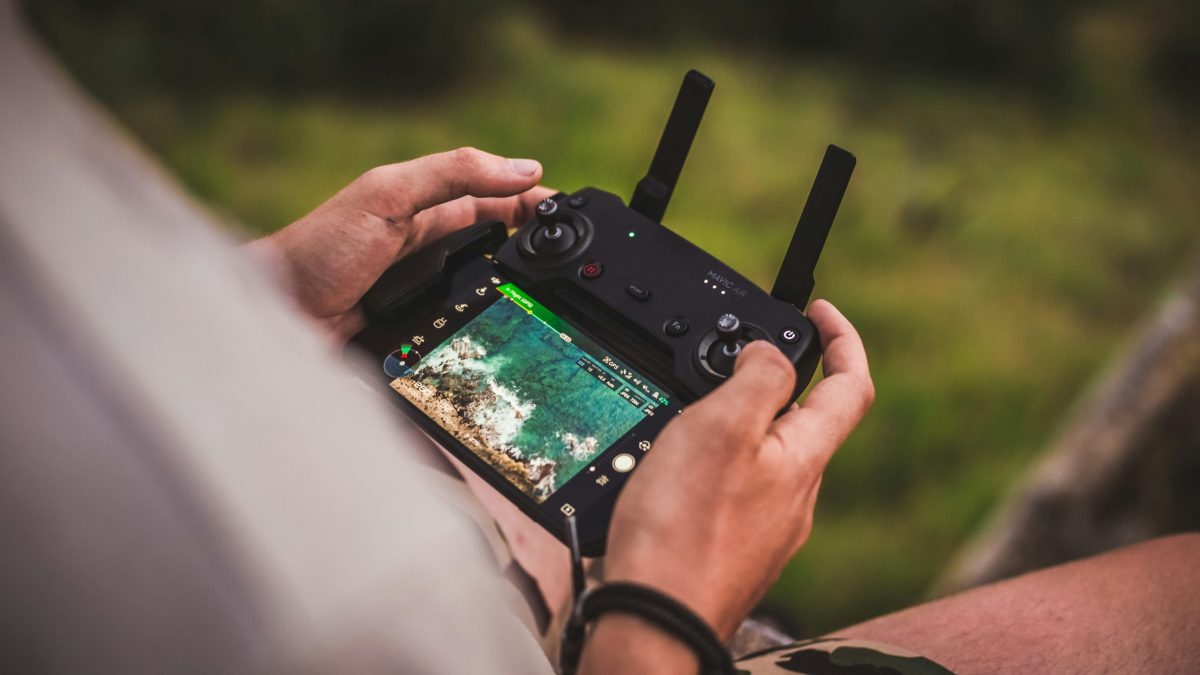Expert Survey Solutions that deliver.

Drones have quickly become indispensable tools in various industries, as well as for amateur enthusiasts who want to capture breathtaking aerial footage, conduct detailed surveys, and more. However, it is critical to understand and adhere to drone flying rules in the UK, and legal and responsible drone usage is about safety, privacy, and respect. This […]
Drones have quickly become indispensable tools in various industries, as well as for amateur enthusiasts who want to capture breathtaking aerial footage, conduct detailed surveys, and more. However, it is critical to understand and adhere to drone flying rules in the UK, and legal and responsible drone usage is about safety, privacy, and respect. This guide is for both amateur and business users to understand drone regulations, to help ensure they operate in airspace legally. We’ll help you navigate that all-important question, “where can I fly my drone?”.
The Civil Aviation Authority (CAA) is the regulatory body overseeing and ensuring the safety of all aviation activities within the UK, including the operation of unmanned aircraft and drones. They set and enforce regulations for the use of airspace and the operation of aircraft within it, ensuring that the skies remain safe for everyone.
In response to the surge in both recreational and commercial drone usage, the CAA introduced the Drone Code – a comprehensive set of rules and guidelines designed to help drone operators fly their unmanned aircraft safely and legally. Key points of the Drone Code include:
Camera-equipped drones unlock unparalleled opportunities for stunning aerial photography and videography. But this creates significant privacy and surveillance concerns, and drone pilots must understand privacy rights and regulatory compliance to ensure that they do not infringe upon individual privacy or lead to unwarranted surveillance.
Key considerations include prioritising individual privacy by securing consent before capturing images, especially in contexts where people expect privacy. Flying in sensitive areas, such as near government or military installations and private properties faces strict restrictions to prevent intrusive surveillance. Finally, commercial drone operators are typically required to obtain specific authorisations from the Civil Aviation Authority (CAA) to ensure their activities align with legal standards.
To protect privacy and avoid unauthorised surveillance, drone users should:
Following these principles allows drone enthusiasts to ethically enjoy and benefit from aerial imaging while safeguarding the privacy and security of others.
In the UK, drones that capture identifiable images or videos of individuals fall under the Data Protection Act (DPA), and managing any personal data captured should be handled with utmost care, to comply with the DPA and the GDPR. Guidance for drone operators on DPA compliance includes:
Working with these principles will help you to effectively navigate using your drone in accordance with the UK’s data protection regulatory framework, ensuring that personal data is handled respectfully and legally.
In the UK, drone flying is subject to specific guidelines that designate where you can and cannot operate your drone.
Drone flying is encouraged at designated flying sites, often with clubs affiliated with the British Model Flying Association (BMFA). As long as you respect privacy and follow the Drone Code, open countryside and coastal areas are generally suitable for drone flying; just be aware not to disturb wildlife.
Drone flying is restricted or prohibited near airports and airfields for safety reasons. Flying over sports events, festivals, or any large gatherings is generally not allowed; and without the landowner’s consent, flying over private land can lead to privacy and trespassing issues.
The Civil Aviation Authority’s website is the best place to start planning drone flights. They have comprehensive maps and specific guidelines, as well as information about current no-fly zones and areas with flight restrictions, so you can plan your flights within legal bounds.
Understanding and adhering to the CAA’s Drone Code and relevant regulations is crucial for the safe and legal operation of drones in the UK, to ensure not just the safety of airspace, but also the privacy and respect of individuals on the ground. For expert guidance and to enquire about our drone services, get in touch; we’ll elevate your drone experiences with our professional service.
Trust Angell Surveys for cutting-edge technology, expertise and timely delivery when it matters.